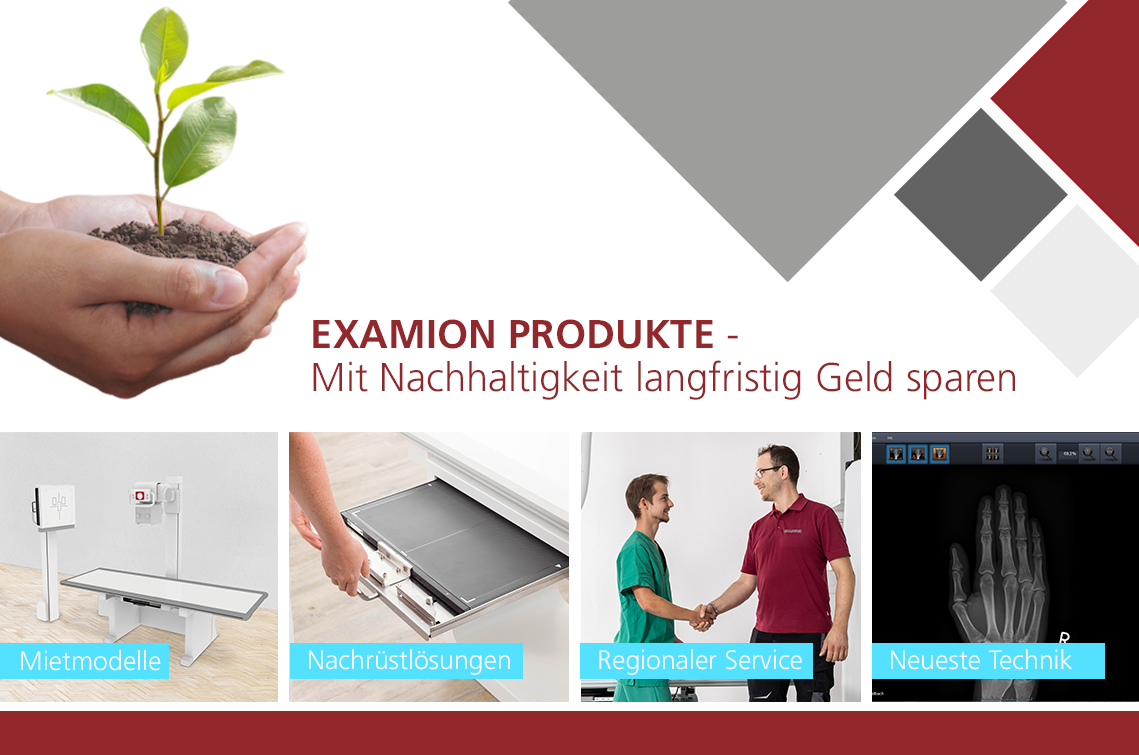Sustainability saves money in the long term
According to Healthcare climate footprint report by the non-governmental organisation Health Care Without Harm, the healthcare sector accounts for 4.4 percent of global CO2 emissions. According to current data from the Federal Environment Agency it is as high as 5.2 percent in Germany. The largest share is accounted for by medical products and associated supply chains account for the largest share (71 per cent). Hospitals, care facilities, pharmaceutical companies, medtech manufacturers and other health care and other companies in the healthcare sector are therefore a significant driver of climate change. The fatal thing is that the consequences of climate change - especially heat waves and air pollution - have a direct impact on people's health.
Often radiology is considered to be one of the main contributors to this development. Not least for this reason, the German Radiological Society has already published in 2021 a "10-point plan for more sustainability" (https://www.nachhaltigkeit.drg.de/de-DE/9233/zehn-punkte-plan/). For example, the committees are relying on web conferences and digital documents, "ecological means of transport" are preferred for business trips - if car or plane travel is unavoidable, CO2 compensation payments are made - and paper avoidance is a priority.
But what contribution can radiological practices and hospital departments make? For example, they could opt for energy-saving systems when purchasing new large-scale equipment or retrofit the models they operate with appropriate technologies. Electricity can also be saved with modern X-ray systems and equipment if they are set up and used correctly. EXAMION's solutions offer a wide range of possibilities here. In addition, healthcare facilities can cover their own electricity needs, at least in part, with a photovoltaic system on the roof. Electricity can be saved at the monitors used for diagnostic purposes if they switch to standby mode early on when they are inactive. Large equipment manufacturers are offering more and more energy-saving systems and are placing increasing emphasis on optimising the use of resources along the entire value chain.
One way for radiologists to save resources and money is to change processes and workflows. Digital instead of paper-based workflows not only save money, they also lead to a more efficient organisation of everyday work. If practices and clinics then move their IT structures from local servers to the cloud, another step towards more energy efficiency is taken.
Another critical aspect is contrast agents in wastewater. To stop the pollution, imaging methods can be used, for example, to reduce the dose of contrast agent administered while maintaining the same medical quality. Modern contrast medium syringes also help radiologists to significantly reduce the consumption of contrast medium.
All this sounds plausible and quite simple, but also cost-intensive. Yes, but sustainability in radiology pays off. However, this requires staying power and must be thought of in the long term. In the short term, measures for more sustainability first mean noticeable expenses. In the long run, however, they pay off. A new device, for example, will be cheaper to operate over time if it consumes less electricity. One of the biggest challenges on the road to sustainability will be to reduce the carbon footprint without compromising the quality of patient care.
EXAMION combines sustainability and investment protection. It is often worthwhile to replace individual parts of a device instead of buying a new one. In addition, replacement components are often manufactured with less resource input than new devices. This principle still applies after the Medical Device Regulation comes into force. EXAMION certifies its own X-ray systems and thus also guarantees the safety of individual elements. Financing concepts are also offered, e.g. through rental models, which enable medical practices to switch to modern X-ray technology without having to make a large investment.
